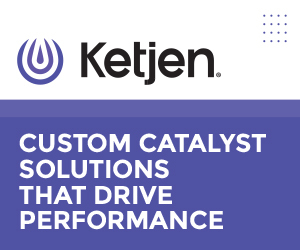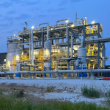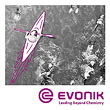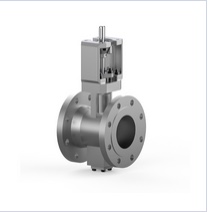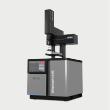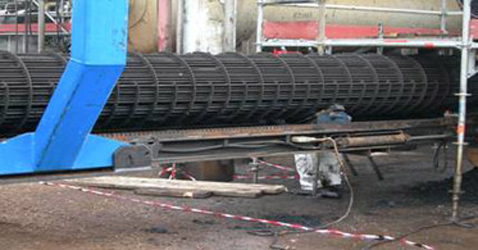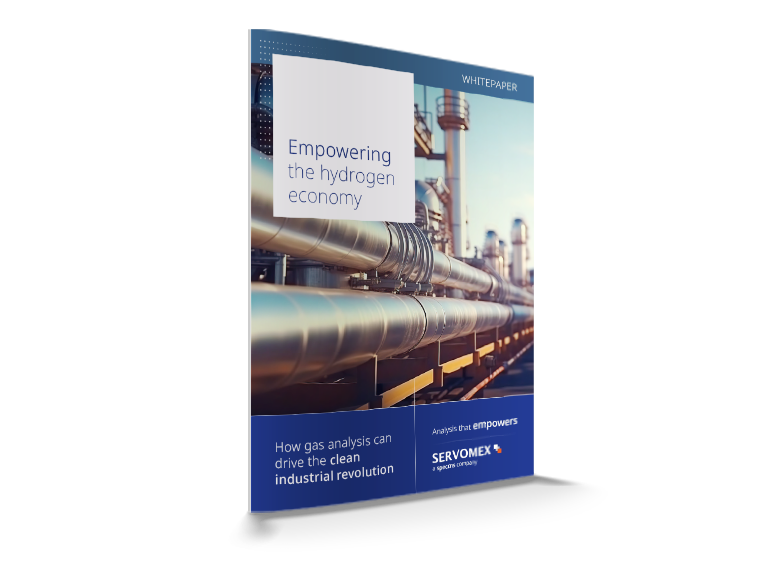Jul-2013
Improving reliability and efficiency in centrifugal pumps
Conversion of metal pump wear parts to advanced composite materials can lead to substantial annual cost savings
GEOFF LEWIS
DuPont
Viewed : 9764
Article Summary
Even nowadays, the ubiquitous centrifugal pump — the beating heart of so many processes — can still be a weak link, where failure can have significant consequences. In the oil and gas processing industries, such pump failures can cause expensive repairs, potential loss of product to the atmosphere and possible process losses. One failure mode is seizure of the metal wear rings due to run-dry conditions or other off-design operation (see Figure 1).
To reduce the risk of pump seizure, maintenance shops sometimes increase the gap or clearance between the wear rings. While this may minimise contact at the wear rings, it can create a new set of problems. This includes loss of efficiency and increased vibration due to reduced hydraulic damping forces from the wear rings, and it can also result in increased shaft deflection. In turn, that places greater wear and tear on moving parts, and can lead to more frequent seal and bearing failures. When you consider that the repair of an API-style pump costs an average of €10 000, not factoring in the extra cost of potential downtime and lost production, increasing the clearance can be a very expensive “fix” to this problem.
Long-term performance in centrifugal pumps
A better solution is to replace metal wear components with advanced, non-metallic parts made of composite materials, permitting much closer clearance between moving parts and enhanced run-dry capabilities should a process upset occur.
A well-proven, non-metallic wear component material is DuPont Vespel CR-6100 composite. Parts made from the composite are increasingly used in thousands of pumps and hundreds of refineries and petrochemical plants around the world. Companies using it include BP, ConocoPhillips, ExxonMobil, Lanxess, Shell and Sunoco.
Vespel CR-6100 composite parts and shapes are specified for wear rings, line shaft bearings, bowl bearings, throat bushings and pressure-reducing bushings in most types of centrifugal pumps (see Table 1). Other uses include compressor valve plates, mixer and agitator bearings, gear pump idler bushings, valve seats, thrust washers, mechanical seal components, wear strips and plates.
The composite has a range of properties that are suitable for such applications. Its coefficient of thermal expansion is lower than that of steel (see Table 2). The material can withstand condensate, light hydrocarbons, amines, strong acids, sour water, gas liquids, gasoline and other aggressive fluids. Beyond this, it can operate in hostile service conditions involving high pressures and temperatures from cryogenic up to 260°C — generally beyond the capabilities of polyether ether ketone thermoplastic, which has a glass transition at 143°C.
Industry experience with Vespel CR-6100 has led to inclusion of the material in API 610, 11th edition/ISO 13709:2009, Centrifugal pumps for petroleum, petrochemical and natural gas industries. It is listed in Annex H, Table H.3 of the standard, under the generic description “PFA/CF reinforced composite”.
Reduced clearance
In practical terms, this means the clearance of wear ring and bushing components can potentially be reduced to values up to 50% less than the recommended minimums for metal components as specified in API 610/ISO 13709, by replacing the stationary metal wear parts with Vespel CR-6100 parts, with the rotating wear component remaining metal.
Pump efficiency increases when wear ring clearance is reduced. The tighter clearance reduces internal recirculation within the pump, reducing the power required to produce the desired flow rate. The relationship between clearance and pump efficiency is well documented in industry textbooks, and has been demonstrated with field studies and on pump test stands. The conversion of pump wear parts to the composite has been reported to lead to substantial cost savings through increased pump reliability and efficiency (see Figure 2). Conversion cost payback can be less than 12 months.
The efficiency gain achieved is related to the pump’s specific speed. This is a pump design factor that shows the relationship between flow and head. Most industrial process pumps have a specific speed in the range of 10 to 40. For these pumps, an efficiency gain of 2% to 5% can be expected when clearance is reduced by 50%. For a 75 kW pump, a 4% efficiency gain produces annual savings of €2350 (assuming a typical industrial power price of €0.09 EUR/kWh). If clearance can be reduced by more than 50%, efficiency gains and savings can be significantly higher.
Effect on reliability and long-term performance
Vespel CR-6100 wear rings with reduced clearance can also help to increase a pump’s reliability. As noted above, its non-seizing properties and run-dry capabilities help pumps survive off-design process conditions that could cause metal components to seize.
In addition, reducing the wear ring clearance in a pump increases hydraulic stiffness and damping, resulting in lower vibration levels and less wear and tear on critical pump components such as mechanical seals and bearings. This is known as the Lomakin Effect, where the wear rings produce dynamic rotor stiffness in the pump. As the wear ring clearance is cut in half, the stiffness coefficient from the wear rings doubles (see Figure 3).
A study by Boulden International demonstrated the long-term performance of Vespel composite wear rings monitored closely in 61 centrifugal pumps over a period of five years. In a first study phase, the number of repairs was reduced by 45%, overall vibration by 25%, and leak detection and repair (LDAR) seal leaks by 70%. The long-term study confirmed that these results were maintained for several years of operation (see Figure 4). The key conclusions of that study were:
• Repairs, vibration levels, and seal leaks were all substantially reduced
• Several pumps that were previously troublesome have run for more than five years with zero failures
• Multi-stage pumps and pumps with start/stop operation showed the most significant reliability improvements.
Add your rating:
Current Rating: 4



